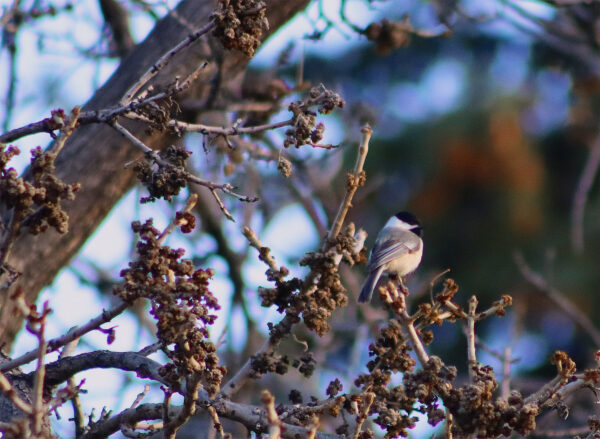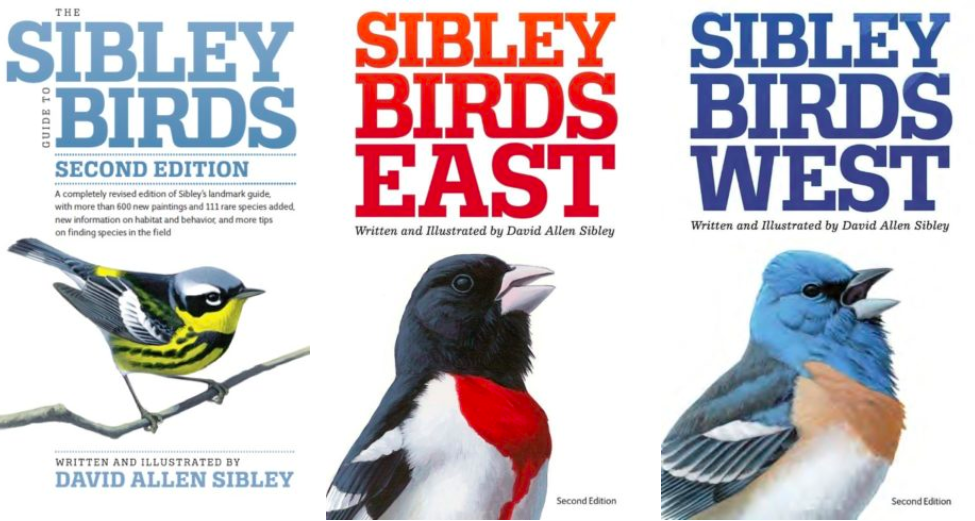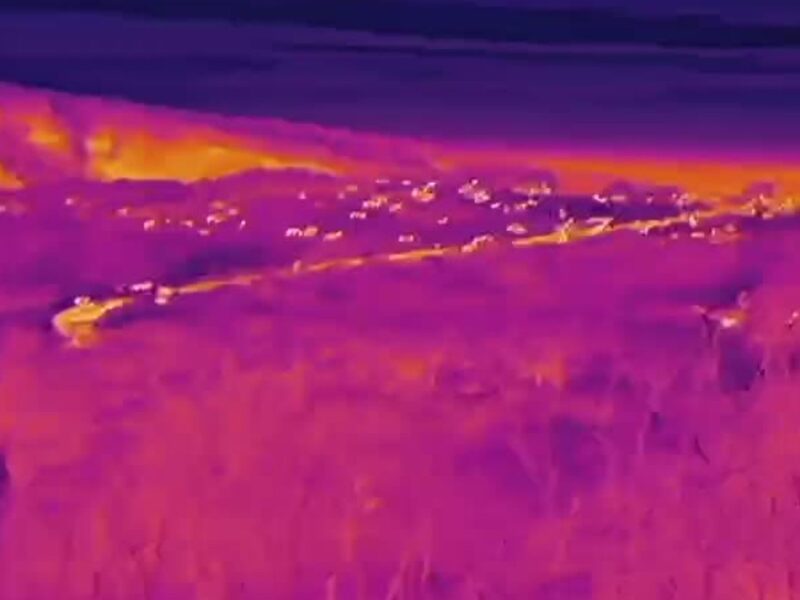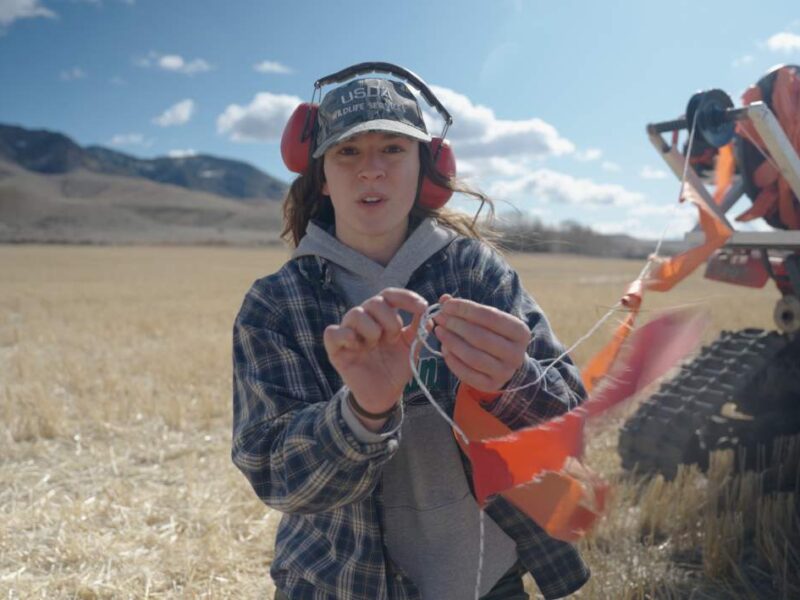
Getting started with birding
It takes practice to get good at bird identification, but it’s never too late to start! The COVID-19 induced pause plus the start of spring creates the perfect opportunity to get into birding. Even if you can’t go anywhere, that’s ok – there are birds right out your window. Don’t feel like you have to learn a lot all at once – just learn a few common backyard birds and go from there. Even the best birders started with one species. Here are some resources to help you learn!
Tools for learning bird songs
Nature Instruct

This is a free learning tool to help learn bird songs. Go to www.natureinstruct.org. Choose the Dendroica module. You’ll want to make an account to keep track of what you’ve learned. Then you can make a customizable list of birds to study from or use an existing list based on geography, and you can either pick bird songs to listen to or set up a quiz.
Larkwire
Larkwire.com is another tool to help learn bird songs. There are different options for which types of birds you want to learn. Larkwire charges a one-time fee for it’s tool ($16.95 in the case of the western land birds), but the money gets you a much more user-friendly experience than Nature Instruct. It’s available as an app for smartphones and tablets or can be used via the website on a computer.
Cornell Lab of Ornithology
Find the Cornell Lab of Ornithology’s comprehensive reference of birds from around the world at allaboutbirds.org. This site has a wealth of information: photos, ID features, songs, habitat, and life history information for bird species. You can also compare similar species to understand the subtle differences that enable accurate identification. The Cornell Lab also provides companion field observation recording app called eBird, and a field guide app called Merlin (see below).

Field apps for your smartphone
Audubon Bird Guide App
This app is free and has tons of information. You can download the data to your phone so you can access the guide even without cell service. I particularly like it because it has allows me to record my identifications, so I can double check my ID when I get home.
Sibleys App
Sibleys is a whole twenty dollars, which is expensive for an app (this coming from a person who has never paid for an app). But it is a really great resource with lots of detailed information and comparisons, sound recordings, etc.
Merlin
This easy-to-use field guide app asks you a few basic questions (location, size, color, etc) to help you figure out what bird you saw. This is a great tool for a beginning birder. The downside is that you have to use eBird (see below), the Cornell Lab’s much less intuitive field app if you want to record your identifications for reference later.
ebird
EBird is a fantastic resource. It can be used for two useful things that Merlin cannot – sharing your birding data, and exploring others’ data. With an account, you can submit data from your birding adventures and keep track of the number of species you have seen. This also contributes to the data on the site and our scientific understanding of what birds are where and when. If you go to the Science page on the website you can see examples of how the submitted data has been used. You can also sign up for daily bird alerts in your region of choice, if you want to REALLY get into birding. Go to the Explore page and you can look up locations and lists of birds around the world. There’s a ton of information to explore!
Books

There are a lot of field guides out there. The most popular include Peterson, National Geographic, and Sibley. I personally prefer the Sibley Guide to Birds, though I’ve been using a National Geographic field guide since I misplaced my beloved Sibley recently.
There are also state- or region-specific guides that are usually lighter in your pack and/or contain more info about each bird you are likely to see to help with identification. A regional guide can also help prevent the beginning birder from spending time on wild goose (or other species) chases, flipping through pages of birds you are actually very unlikely to have seen. I think having a nice comprehensive illustrated field guide near a big window in your house is a great way to learn though: you can flip through it and familiarize yourself with different families of birds.
The best birding resource: other birders!
There are plenty of other birding resources out there, but I’d be remiss in passing over one of the best resources – people! Make birder friends! Local Audubon chapters around the country regularly organize birding outings. Find one here. When social interaction is allowed again, birding is a great thing to do with others. (It can be a great thing to do with others at a safe distance, too.) Many birders are happy to bring new birders along, and you can learn so much from birding with an experienced birder.




